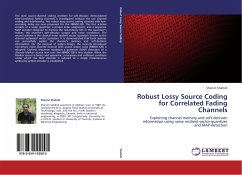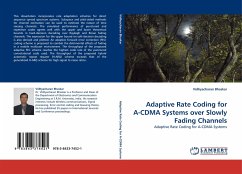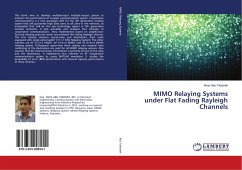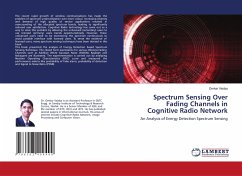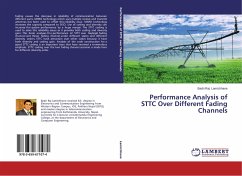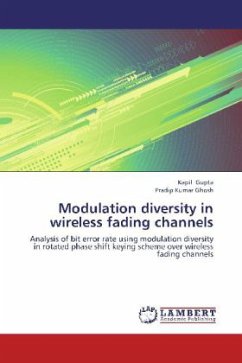The joint source-channel coding problem for soft-decision demodulated time-correlated fading channels is investigated without the use channel coding and interleaving. Two robust lossy source coding schemes with low-encoding delay are next proposed for the NBNDC-QB. The first scheme consists of a scalar quantizer, a proper index assignment, and a sequence MAP decoder designed to harness the redundancy left in the quantizer s indices, the channel s soft-decision output and noise correlation. The second scheme is the classical noise resilient vector quantizer known as the channel optimized vector quantizer. It is demonstrated that both systems can successfully exploit the channel s memory and soft-decision information. For the purpose of system design, the recently introduced non-binary noise discrete channel with queue based noise (NBNDC-QB) is adopted. Optimal sequence maximum a posteriori (MAP) detection of a discrete Markov source sent over the NBNDC-QB is first studied. When the Markov source is binary and symmetric, a necessary and sufficient condition under which the MAP decoder is reduced to a simple instantaneous symbol-by-symbol decoder is established.
Bitte wählen Sie Ihr Anliegen aus.
Rechnungen
Retourenschein anfordern
Bestellstatus
Storno

